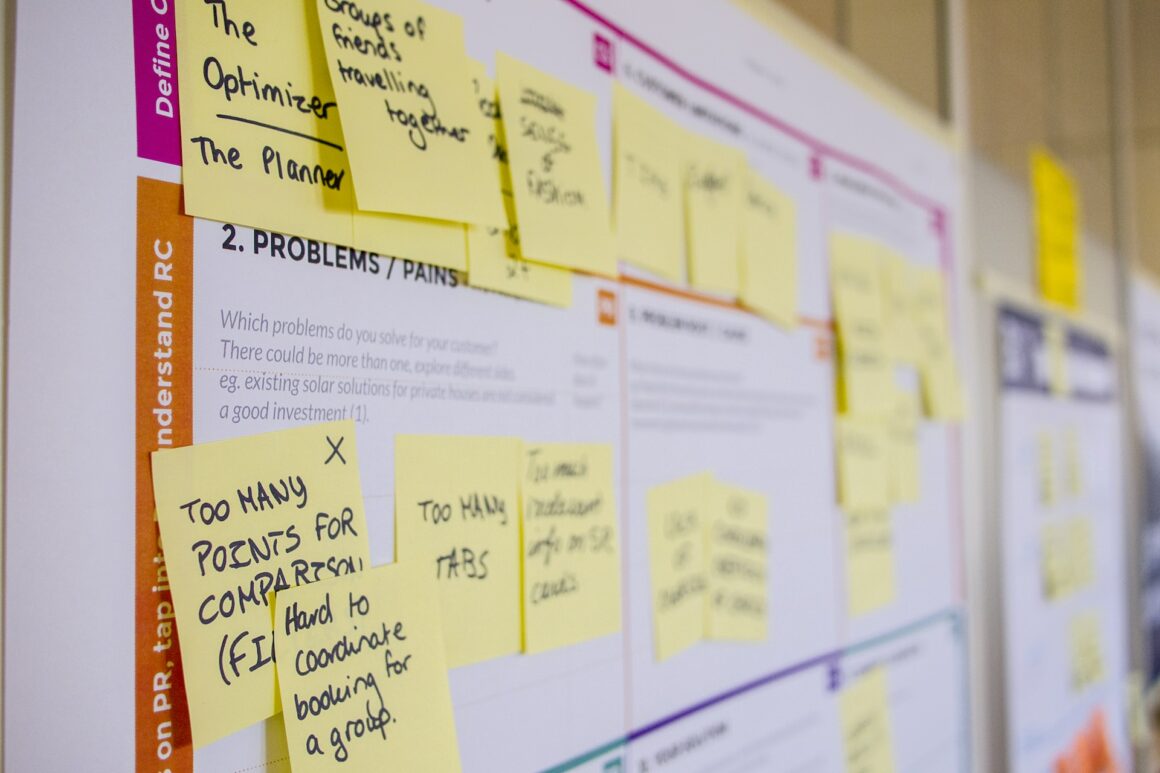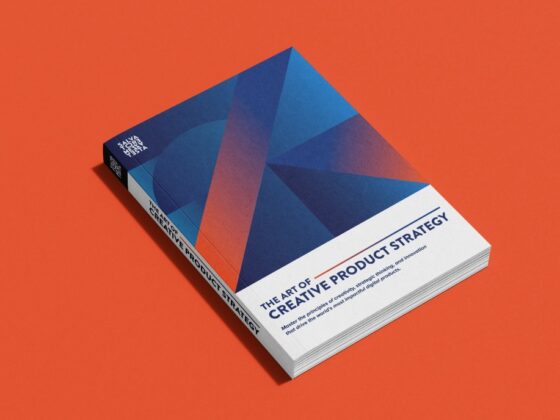Introduction
As a Product Design Manager, one of our primary objectives is to foster a culture of innovation and creative problem-solving within our teams and the business.
Design thinking is a powerful methodology that empowers us to tackle complex challenges and create user-centric solutions.
In this article, we will dive into the fundamentals of design thinking, its key principles, and how it can transform the way we approach problem-solving in product design.
What is Design Thinking?

At its core, design thinking is a human-centered approach to problem-solving. It places the needs and desires of users at the center of the design process, leading to solutions that truly resonate with them.
Unlike traditional problem-solving methods, design thinking emphasises empathy, experimentation, and iteration.
The Design Thinking Process

Design thinking is not a rigid step-by-step process, but rather a flexible and iterative framework that encourages continuous improvement. However, it typically follows these five key stages:
1. Empathise: Understanding User Needs
The first stage involves empathising with the users to gain deep insights into their needs, desires, and pain points. This is done through various research methods such as user interviews, observations, and surveys.
Empathy allows us to develop a comprehensive understanding of the problem from the user’s perspective.
2. Define: Framing the Problem
In the define stage, we synthesise the research findings to define the core problem we aim to solve. This involves clearly articulating the user’s pain points and needs, which serves as the foundation for ideation.
3. Ideate: Generating Creative Solutions
Ideation is a brainstorming phase where we encourage diverse perspectives and ideas. The goal is to generate a wide range of creative solutions without judgment. Techniques like mind mapping, brainstorming sessions, and ideation workshops are commonly used to foster creativity.
4. Prototype: Bringing Ideas to Life
In the prototyping stage, we create tangible representations of the best ideas generated during ideation. Prototypes can take the form of low-fidelity sketches, wireframes, or even interactive mock-ups. The purpose is to quickly test and gather feedback on potential solutions.
5. Test: Iterating and Refining
Testing involves gathering feedback from users through usability testing or user feedback sessions. This step allows us to refine and improve the prototype based on real user insights. Iteration is a fundamental aspect of design thinking, as it allows us to continuously improve the solution based on user feedback.
Key Principles of Design Thinking

1. Human-Centered Approach
Design thinking places the user at the heart of the design process. Understanding user needs, motivations, and pain points is crucial for developing solutions that address real-life problems effectively.
2. Collaborative and Diverse Teams
Design thinking thrives on collaboration and diverse perspectives. By bringing together individuals with different backgrounds and expertise, we foster a rich and innovative problem-solving environment.
3. Iterative and Agile
Design thinking encourages rapid prototyping and continuous improvement. Embracing an agile mindset allows us to test and iterate on ideas quickly, leading to better outcomes and reduced risk of failure.
4. Bias Towards Action
Design thinking emphasies doing rather than just talking or planning. Encouraging experimentation and taking calculated risks leads to innovative and transformative solutions.
The Impact of Design Thinking in Product Design

By integrating design thinking principles into the product design process, we can expect several transformative impacts:
- Enhanced User Experience: Design thinking puts users at the forefront, resulting in products that are intuitive, delightful, and cater to real user needs.
- Increased Innovation: The emphasis on creativity and brainstorming opens up new possibilities for innovative product features and functionalities.
- Better Problem-Solving: Design thinking helps us uncover the root causes of problems and find more effective solutions.
- Stronger Team Collaboration: The collaborative nature of design thinking strengthens team dynamics and fosters a culture of open communication and trust.
- Faster Time to Market: Rapid prototyping and iteration speed up the product development process, leading to faster time-to-market.
Conclusion
Design thinking is a powerful approach that empowers Product Design Managers to lead teams in creative problem-solving. By empathising with users, ideating collaboratively, prototyping, and iterating, we can create products that truly meet user needs and drive meaningful impact.
Embracing design thinking principles not only enhances the user experience but also transforms our product development process to be more innovative, agile, and user-centric.
As Product Design Managers it is extremely important to embrace design thinking as a guiding philosophy to drive success and create products that make a positive difference in users’ lives.



